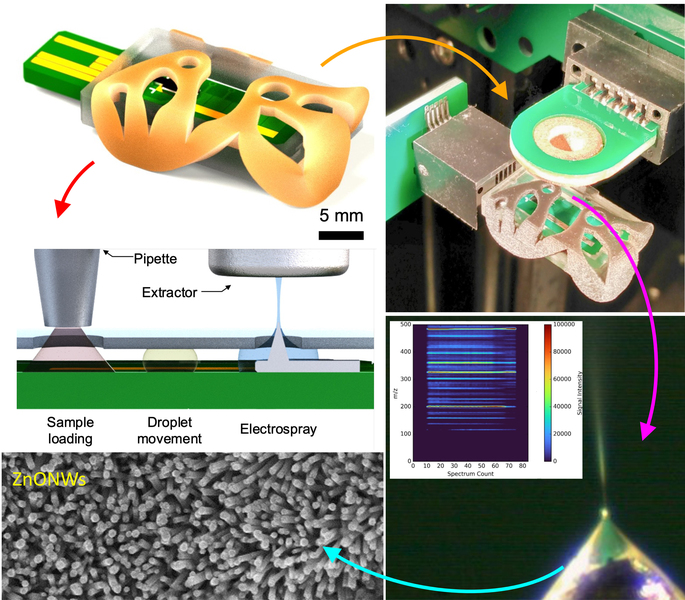
Nanotechnology
Researchers 3D print key parts for a point-of-care mass spectrometer – Insta News Hub
- by nsubhash
- April 9, 2024
- 0 Comments
- 5 minutes read
- 31 Views
- 10 months ago








